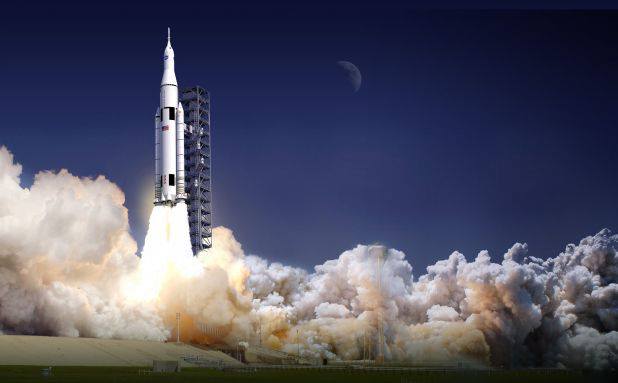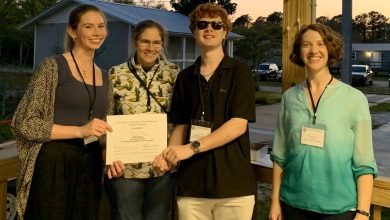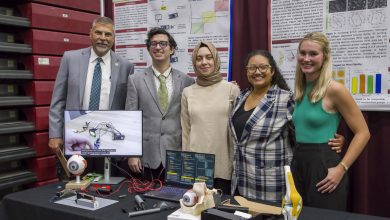NASA’s Plans for Deep Space Travels
SLS Rocket
Ever since the shuttle program ended, I have heard many people say something along the lines of “It’s too bad NASA is going out of business.” It is true many people lost their jobs, but NASA is far from done with space exploration. Behold—the Space Launch System rocket (SLS), newly developed by NASA scientists and engineers!
In 2004, NASA announced a new program called Constellation, where the initial plan was to build the Orion capsule that would take astronauts to the moon once more. Instead, the program morphed into the SLS, a rocket that will be 40 feet taller and 20% more powerful than the Saturn V rockets used in the Apollo program. There will still be a capsule on top of the SLS rocket based on the plans for Orion, but the first test run of the rocket in 2017 will be an unmanned flight around the moon and back to Earth. The ultimate goal of the SLS is to travel to an asteroid by 2025 and then hopefully to Mars sometime in the 2030s.
The SLS rocket is actually a combination of old and new technology. The Apollo program showed mankind what worked in space, so many components of the SLS will be modeled after the old rockets. But technology has advanced considerably since then, so improvements are also being made to the old model. These plans are already being set into motion with the completion of the first liquid hydrogen tank barrel segment just last month (pictured below). Five more segments will be built, along with two end domes, to complete the SLS core stage liquid hydrogen tank. The finished product will be more than 200 feet tall and about 27 feet in diameter, and its purpose is to supply the engines with enough liquid hydrogen and liquid oxygen to escape Earth’s orbit. The individual barrel by itself is 22 feet tall. In comparison, the Saturn V rockets used F-1 and J-2 rocket engines, with the F-1 at about 18.5 feet tall and the J-2 at about 11 feet tall.
“The good, immediate news is that the new NASA project, projected to cost around $3 billion a year through 2017, will create jobs and, hopefully, ensure continued U.S. leadership in space while inspiring millions around the world to take an interest in science. For America, this is truly an economic and moral boost the country needs as the retirement of the space shuttle cost thousands of Americans their jobs and, for the first time in 50 years, rendered America an Earth-bound nation.” (“NASA SLS Rocket Test Flight,” Bodzach).

(Picture courtesy of http://www.wpxi.com/feed/news/weird-news/company-taking-applications-to-live-on-mars/fHJdx/)
(Information sources: http://www.examiner.com/article/nasa-to-go-to-moon-with-first-sls-mission,
http://www.nasa.gov/exploration/systems/sls/sls-barrel-at-michoud.html, https://en.wikipedia.org/wiki/Saturn_V)





